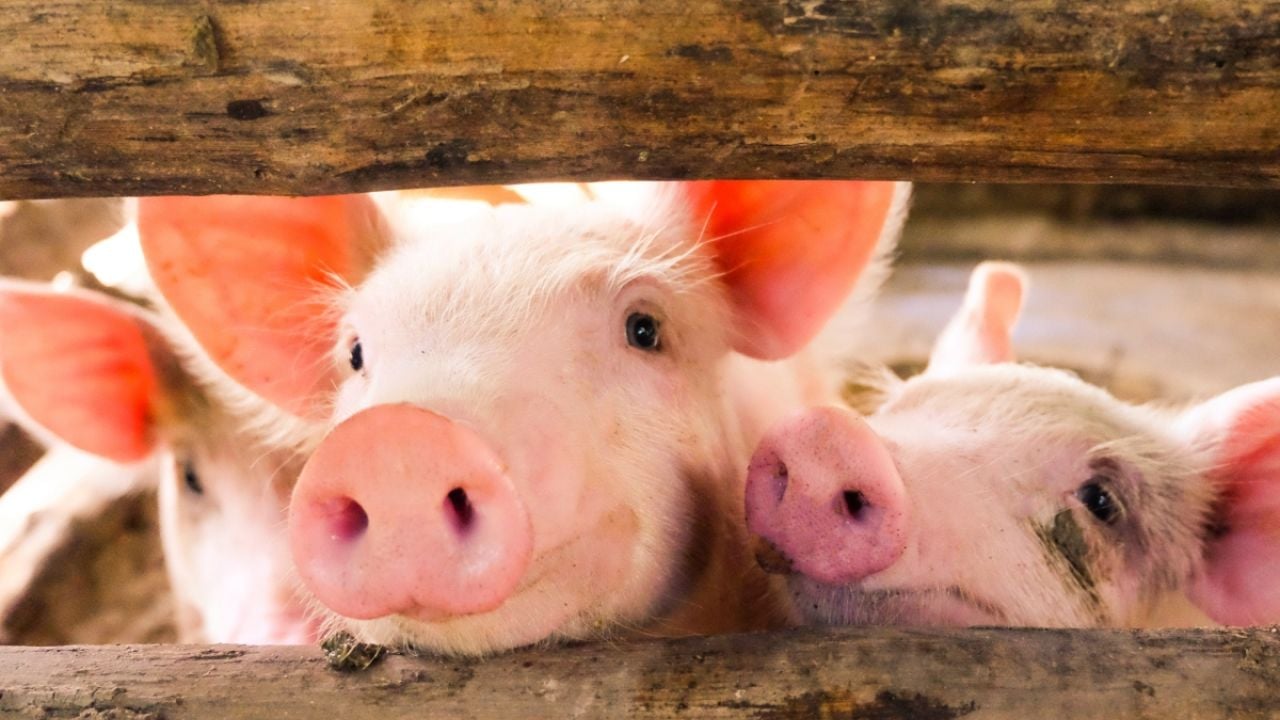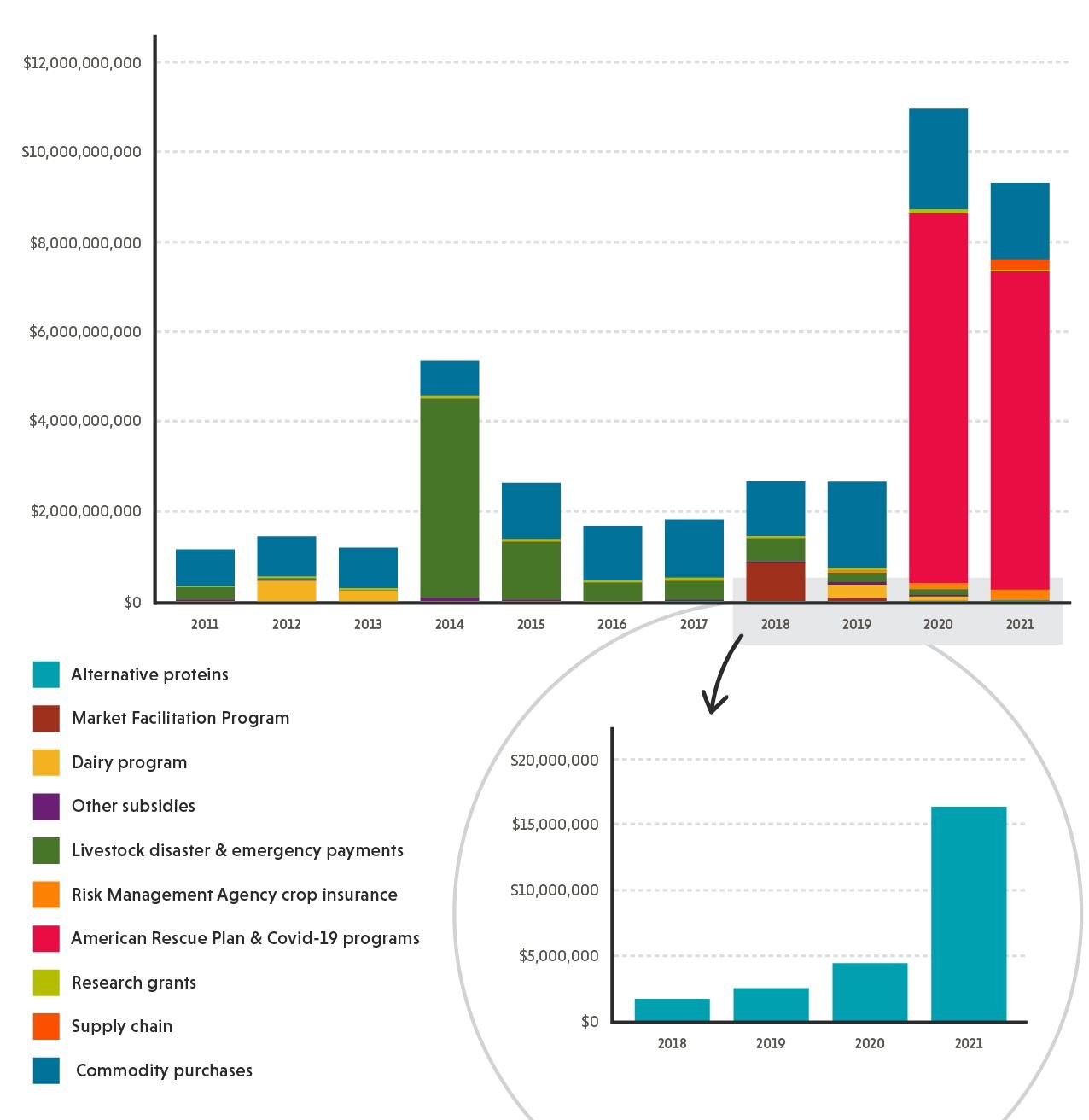
The Department of Agriculture has spent almost $50 billion in subsidies for livestock operators since 1995, according to an EWG analysis.
By contrast, since 2018 the USDA has spent less than $30 million to support plant-based and other alternative proteins that may produce fewer greenhouse gases and may require less land than livestock.
Overall, EWG’s analysis finds the USDA provided $49.6 billion in payments to support livestock operators between 1995 and 2021, including more than $11 billion in livestock disaster assistance payments.
Other major subsidies include $14.2 billion in livestock commodity purchases, nearly $5 billion in dairy subsidies and more than $15 billion in payments to offset the impacts of the Covid-19 pandemic.
Separately, the USDA also provided nearly $1 billion to offset the effects of former President Donald Trump’s trade war with China between 2018 and 2020 – and nearly $1 billion in Market Loss Assistance payments to dairy producers between 1999 and 2007.
USDA livestock and alternative protein subsidies

EWG’s analysis of subsidies to livestock operators did not include those paid to farmers who grow animal feed like corn and soybeans, which topped $160 billion between 1995 and 2020. Our analysis also excludes $670 million in research grants.
Payments to support livestock operators peaked at $11 billion, in 2020, and have exceeded $1 billion in 14 of the past 25 years. Spending in 2020 alone, at $10.95 billion, was more than double the payments made in 2014, the year with the previous record-setting level of payments.
Total spending for 2020 and 2021 remains incomplete, as the data is still coming in. The totals for those years are likely to grow.


